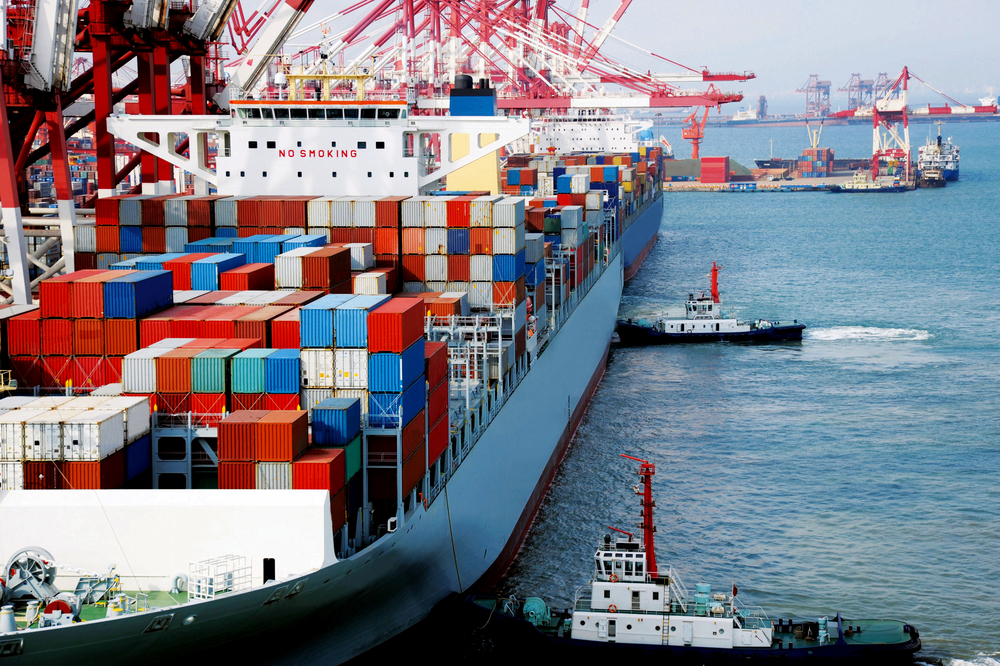The world has been thrown many a curveball over the last few years, from the pandemic to the Russia-Ukraine conflict. These events have impacted many areas of life, and the phrase “supply chain problems” has entered common lingo, with travel restrictions and border problems making logistics harder than ever.
Fortunately, there might just be a hero coming to save the industry: AI. Here’s how artificial intelligence could play a crucial role in supply chain management, and whether it could be part of the sector’s future.
Supply chains and AI
Some people might associate artificial intelligence with robots and assume it’s limited to basic applications, such as replacing repetitive tasks or carrying out simple functions. In the past, this has been the case — AI might have been used to make calculations about when to buy certain materials and how much to purchase based on a strategy set by humans.
But AI has now gone way beyond this.
One of its most promising offshoots is machine learning, which allows software to go beyond executing on the commands its programmers choose. Rather, machine-learning software has the ability to collect data over time, learn from data, and make decisions for itself. This opens the way for software to carry out more sophisticated tasks, and it’s already being used for everything from creating “deepfakes” to winning chess matches.
In the context of supply chains, machine learning could be used not just to help with calculations, but to make purchasing decisions by learning from past successes and failures. It could also automate activities along the Plan-Source-Make-Deliver (SCOR) continuum, such as adjusting inventory levels depending on supply or helping firms to navigate customs and trade regulations — an area that causes significant delays.
AI may even be able to combine with blockchain technology to execute smart contracts, which could help to monitor each level of the supply chain and ensure payments are paid on time.
Companies set to benefit from this shift include C3.ai (AI), which has created inventory optimization software that uses AI and ML algorithms, and the cloud platform Coupa (LON: 0I4B), which has added features to help firms make supply chain decisions through AI.
The role of AI throughout crises
Machine learning is a force to be reckoned with, and it does a great job of making decisions based on the data it has. But every now and then, something happens that’s so out of the ordinary there is no relevant data. Events like COVID-19 come under this “black swan” category. Can AI still play a role in guiding supply chains through this?
AI isn’t a miracle worker (yet), so it can’t give transportation vehicles a teleport. But it could play a role in identifying the areas of greatest systemic risk in a supply chain. Machine learning can recreate a supply chain virtually to find vulnerabilities, meaning that a supply chain is as strong as possible, lessening the impact of a shock. It can also create simulations that allow it to see the possible outcome of different responses to a certain scenario.
The Russia-Ukraine conflict is another example of an event that’s caused serious supply chain issues since the globe relies on these regions for various staples, such as wheat and gas. In times of shortage, it’s more important than ever to monitor inventory levels properly and make the most of what’s available — something AI can help with. Instead of individuals tracking inventory manually, a mix of Internet of Things (IoT) technology and machine learning could ensure that inventory is tracked across the supply chain and available to view on a database, along with analytics.
Costs of using AI
While AI could be a great solution in question, it’s only a feasible option if the costs are within company budgets. Supply chain activities can already take up to 50% of business costs, so there’s not much room for this to go any higher. Costs will partly depend on how many businesses are willing to adopt the technology, so the first-movers are likely to bear a lot of the burden.
However, over the long run, the greater efficiency from a more technologically advanced approach should help mitigate expenses. A McKinsey report found that early adopters of AI-enabled supply chain management tools reduced their logistics costs by 15%. No pain, no gain.
The future of supply chains and AI
Some predict that the innovation taking place in the supply chain world now is similar to what happened to banking in the 1970s, when ATMs replaced bank staff. One estimation predicts the supply chain market will grow 42.9% from 2017 to 2023 to reach a value of $6.5 billion, partly thanks to innovations like the use of AI.
However, there are still unanswered questions, such as the possibility of cyberattacks disrupting the whole supply chain and whether AI is enough to get us through black swan events like the pandemic and geopolitical tensions.
Some may also be concerned that jobs could be lost if AI replaces certain tasks — although the reality is likely to be that professionals simply move to other jobs, like managing and working alongside AI. At this point, chances are that innovation is inevitable. The real question is figuring out the best ways to adapt and solve potential challenges along the way.
The views and opinions expressed herein are the views and opinions of the author and do not necessarily reflect those of Nasdaq, Inc.
Image and article originally from www.nasdaq.com. Read the original article here.

